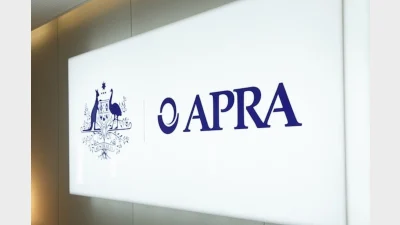UniSuper sustainable options underperform



For the first time in a few years, university sector industry fund UniSuper’s Sustainable Balanced and Sustainable High Growth strategies have underperformed its mainstream equivalents.
UniSuper’s Sustainable High Growth strategy had returned 19.4% since the start of the year to 31 May, 2021, versus a 24.2% return for the High Growth strategy.
Sustainable Balanced returned 13.3%, compared to a returned of 14.9% for the Balanced strategy.
In an investment update, John Pearce, Unisuper chief investment officer, said this underperformance was largely attributed to energy prices.
“We’ve become accustomed over the last few years to see these outperform their standard equivalents. Yet in this financial year, they are underperforming. Why is that?” Pearce said.
“One of the key reasons is the rise in energy prices. Bear in mind that the sustainable options do not include any fossil fuel companies.
“So as the oil price has risen and energy companies generally have risen in price, the sustainable options have not benefited from this, and hence they find themselves underperforming their standard equivalents.
“Having said that, overall, members should be pretty pleased when they get their statements for this financial year.”
The super fund also noted the performance of its Global Environmental Opportunities strategy which had returned 40.2% since the start of the year to 31 May.
The Australian Bond strategy was the super fund’s worst performer, with a loss of 1.8%.
Recommended for you
The winners have been announced for the 2025 Super Fund of the Year Awards, held in Melbourne on 26 November.
Australian Ethical Superannuation has seen additional licence conditions imposed on it by APRA over the fund’s expenditure management.
The fund has strengthened its leadership team with three appointments to drive its next phase of growth and innovation.
ASIC and APRA have warned many trustees have failed to meaningfully improve retirement strategies despite the retirement income covenant being in place for three years.









